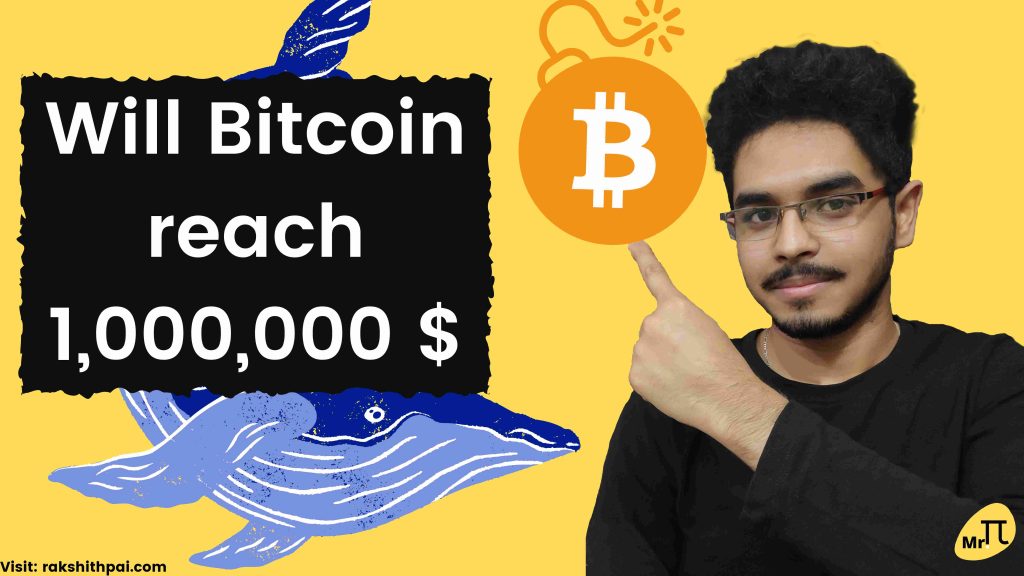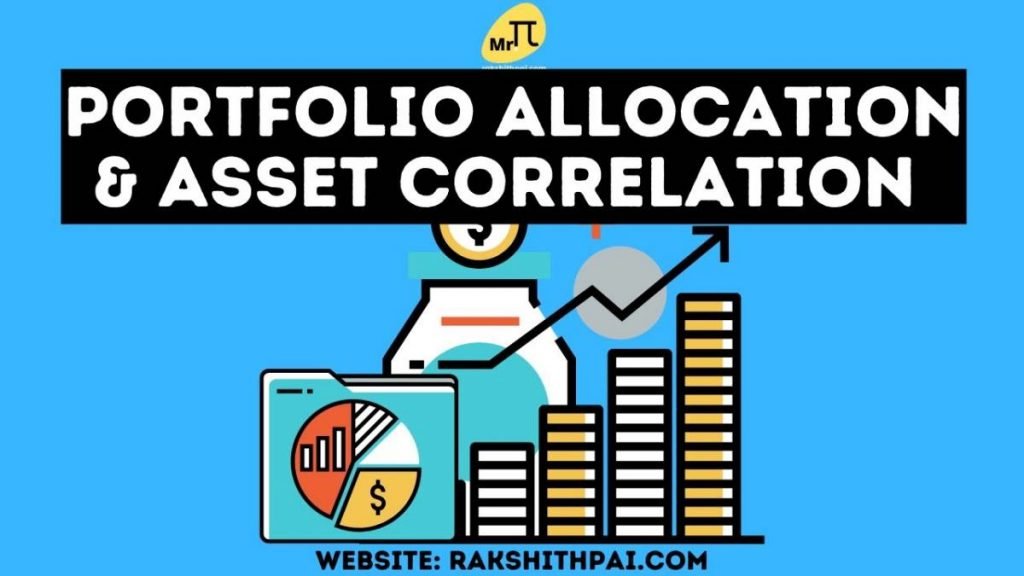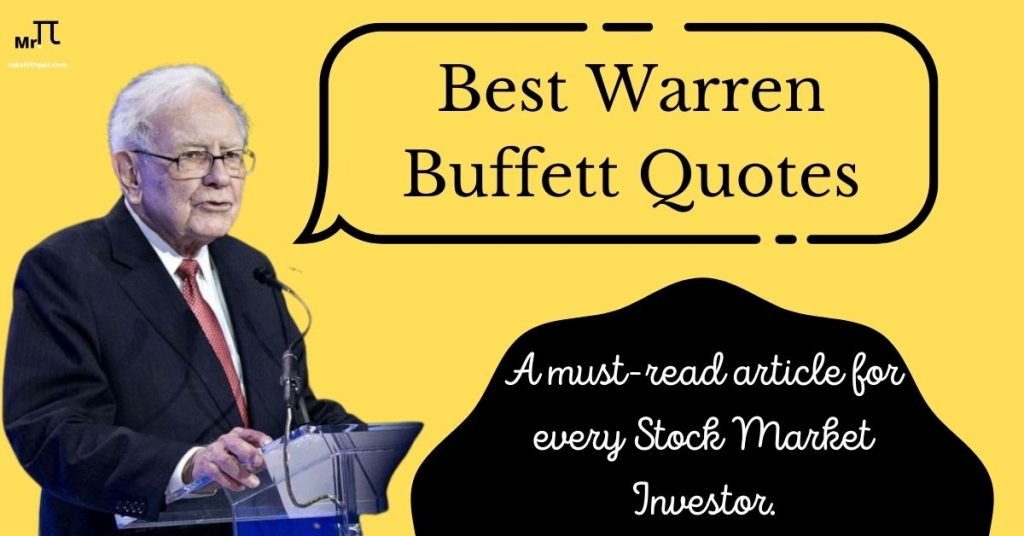Table of Contents
What are Futures & Options?
A futures contract is an agreement to buy or sell an underlying stock or other assets at a certain price and on a predetermined date. On the other hand, an option contract grants the investor the right, but not the obligation, to buy or sell assets at a predetermined price on a predetermined date, referred to as the expiry date.
Both futures and options are financial products that investors can use to profit from or hedge against current assets. They are derivative instruments that allow an investor to purchase an investment at a certain price and on a predetermined date. However, the markets for these two items are fundamentally dissimilar in terms of how they operate and how dangerous they are for investors.
Futures:
Futures are contracts that must be resolved (paid for) after they are entered into. When you enter into a futures contract, you agree to purchase or sell the underlying asset at a certain price on or before a defined date.
Futures are of two types:
Financial Futures
Futures contracts in the financial markets include stock futures, currency futures, index futures, and interest rate futures.
Commodity Futures
Commodity futures, energy futures, metal futures, and others are all examples of physical futures.
Let’s take oil as an example.
Assume two traders agree on an oil futures contract price of Rs. 6,000 per barrel. If the price of a barrel increases to Rs. 6,200, the contract buyer earns Rs. 200 per barrel. On the other hand, the seller misses out on a better deal.
Beyond oil, the futures market has grown significantly. Stock futures are available for individual stocks as well as indices. The purchaser of a futures contract is not required to pay the entire contract’s value upfront. An initial margin is paid as a proportion of the price.
For instance, a 1,000-barrel oil futures contract. An amount of Rs. 6,000 agreement to purchase an oil futures contract is equivalent to an amount of Rs. 6,00,000 agreement. The buyer may be obliged to pay several lakhs for the contract and may owe more funds if the buyer’s wager on the market’s direction proves incorrect.
Options:
An options contract gives the buyer the right, but not the duty, to buy or sell the underlying asset at a certain price on or before a specified date. Options trading is an excellent way to trade equities without owning them.
If the option buyer wants to avoid purchasing or selling the underlying asset, they may do so.
Options are of two types:
Call Options
A call option entitles the buyer/holder to purchase a predetermined quantity of an underlying asset but does not obligate them to do so.
For example, An investor purchases a call option to purchase stock XYZ at a strike price of Rs.100 at some point during the next 30 days. At present, the stock is trading at Rs. 90.
If the stock increases to Rs. 120, the call buyer may exercise his or her right to purchase the earlier call option at Rs. 100. This buyer can then sell the shares for Rs.120, earning a profit of Rs.20 per share.
Alternatively, because the call option is worth Rs.20 per share as profit, the option buyer can simply sell it and pocket the profit. If the option’s strike price is less than Rs. 100 at the time the contract expires, it is worthless. In such a case, the call buyer forfeits the option’s upfront payment, referred to as the premium.
Put Options
A put option entitles the buyer/holder to sell a defined quantity of an underlying asset but does not obligate them to do so.
For example, If an investor purchases a put option to sell XYZ at Rs.100 and the stock price falls to Rs.80 before the option expires, the investor will earn Rs.20 per share, minus the premium paid. If the price of XYZ is greater than Rs. 100 at the time of expiration, the option is worthless, and the investor forfeits the premium paid upfront.
At any moment before the option expires, either they put buyer or the writer can close down their position to lock in a profit or loss. This is accomplished by the writer either purchasing the option or by the buyer selling the option. Additionally, the put buyer may elect to exercise his or her right to sell at the strike price.

Difference between Futures & Options:
Although both futures and options are classified as derivatives, they are slightly different.
In a futures contract, the buyer is required to purchase or sell the assets, whereas, in an option contract, the customer is not required to purchase or sell the assets.
They also have some other significant differences. Both derive their value from an underlying asset, such as stocks, commodities, exchange-traded funds (ETFs), or stock market indices. Both are indicative of a potential transaction.
The following are some significant distinctions between the two:
Right vs. Obligation
Futures contracts constitute a trade commitment that must be settled at a given date. Whereas options allow the buyer the right to exercise the contract but not the obligation to do so.
Date of trade
A futures holder is required to execute the transaction on the agreed-upon date. While there are variances in the case of options, you can exercise some options at any moment until their expiration date. There are various distinctions between exercising options on indices and on equities, as well as rules that vary by market. In India, for example, an index option may be exercised only on the expiration day, whereas a stock option may be exercised at any time prior to the expiration date.
There are no upfront charges associated with entering into a futures contract. You make the payment only when the futures contract is squared off on the stated date. However, futures contracts require that you deposit a “margin,” which is a percentage of the trade’s value. As a result, “leverage” amplifies both your earnings and losses.
Risk
In the event of a price decline, you may elect not to exercise your options. You will not have the same freedom when trading futures, as the trade must occur on a given date, regardless of the price. As a result, options theoretically mitigate the risk of loss. In practice, however, 97 percent of options expire worthlessly. As a result, options traders are far more likely than not to lose their premium.
ET Money Genius Review – Invest Like A Genius!
Use of Derivative:
The basic objective of derivatives is to protect investors against price fluctuations in the underlying assets. Derivative contracts have an expiration date. At the contract’s expiration, derivatives do not provide actual ownership of the underlying assets.
- These contracts are traded on the stock exchange and are regulated by the Securities and Exchange Board of India (SEBI).
- These are classified as financial instruments.
- The derivatives markets operate differently in terms of their operating system and risk.
Who Invest in Futures & Options?
While futures and options trading has the potential for profit, they also include risk. This type of trading may not be suitable for all investors. Both F & O have their own set of advantages and disadvantages.
There are several categories of traders who invest in futures and options:
Arbitrageurs
They are the people who seek to benefit from the difference in an asset’s price caused by market conditions.
Arbitrageurs seek to profit from market price discrepancies caused by market defects. In futures and options trading, the price quoted comprises the current price and cost of carrying value, as well as an underlying assumption that the striking price corresponds to the contractual price. Any price difference is due to the expense of carrying the underlying security to a future date, which is referred to as the “cost of carrying value.”
Arbitrageurs effectively eliminate any price differentials caused by imperfect trading conditions by altering demand and supply patterns in order to achieve equilibrium.
Futures and options trading is frequently conducted on leverage, which eliminates the need to pay the entire cost of trade upfront. Rather than that, a brokerage business finances a certain percentage of an entire contract on the condition that an investor maintains a minimum balance (marked to market value) in his or her trading account. It significantly boosts an investor’s profit margin.
However, as previously stated, futures and options have a significant level of risk, as correct price movement projections must be made. To profit from derivative trading, a thorough understanding of stock markets, underlying assets, and issuing organizations, among other things, is required.
Hedgers
Hedgers are individuals who may be impacted by the price movement of a particular asset and hence invest in a derivative contract to hedge against the risks associated with the asset’s price movement.
These individuals buy into futures and options contracts in the stock market in order to mitigate the risk associated with price changes. Locking in a price for a future transaction enables individuals to realize relative benefits if the price swings in the opposite direction of a buyer’s trading position.
Individuals entering into a futures contract, on the other hand, may face huge losses in the event of an unfavorable fluctuation. Such risk is lessened by an option contract, which allows an investor to exit a trade in the event of unfavorable price fluctuations.
By engaging in a derivative contract, hedgers seek to secure future gains or expenditures. These traders are prevalent in the commodities market, where individuals attempt to secure an expected price for a certain item in exchange for a successful transaction. It’s easier to comprehend with the aid of a futures and options trading example.
A farmer can enter into a futures contract with a wholesaler to sell 1,000 kilograms of Onions for Rs. 35 per kilogram three months from now. If the price of Onion falls below that amount on the day of maturity, the farmer has successfully hedged his position, reducing the overall risk involved with futures trading.
However, in the event of an Onion market price increase, a farmer stands to lose profits. Such losses can be mitigated by a put option contract, which provides the farmer with the right but not the need to comply with the contract’s terms. In the event that the market price level falls, he or she might exercise the option contract to assure minimal losses. On the other hand, a price increase enables the farmer to exit the contract and sell the goods in the market at the prevailing price.
Hedgers prefer physical trades in which the asset is swapped at the contract’s maturity. It is particularly common in the commodity market, where manufacturers and firms engage in physical trading to keep the cost of raw materials constant. It ensures that an economy’s price levels remain stable.
Speculators
Speculators are those who invest in assets solely to profit from price volatility.
Speculators forecast the direction of price movement in a market based on intrinsic valuation and economic conditions and then take a contrary position in the present to profit from such price swings. Using futures and options as an example, if an investor believes the price will grow in the future, he or she can enter the derivatives market and take a short position. It refers to the act of purchasing a stock or derivative in the present in order to sell it at a greater price at a later date.
Individuals then take a long position, anticipating that prices will fall in the future based on their market analysis. Investors intend to profit in relative terms by purchasing securities at a discounted price in the future through such contracts.
The majority of traders in derivatives seek cash settlement, which avoids the physical transfer of an asset. On the contrary, the difference between the spot price (current market price) and the price quoted for the derivative is paid between the two parties, alleviating the inconveniences associated with such a trade.
Timing Stock Market is Impossible! But Why?
How to succeed in F&O Trading:
- Do your own homework & do not rely on tips & suggestions.
- Strict Capital allocation & Stop Loss
- Trade with the trend!
- Have Emotions under control. Both Greed & Fear shouldn’t ride your decisions.
- Cover losses sooner and let the winners ride.
Terminologies used in F&O:
The following are some fundamental terms that will aid in your understanding of F & O:
Underlying Security
An underlying security is the primary element of the futures and options through which this derivative contract derives its value.
Premium
The premium is the current price (or charge) of an option contract that is paid by the option buyer to the seller. By and large, it is quoted on the exchange. The higher the volatility of the underlying asset, the higher the premium.
Strike Price
The strike price is the price at which the owner of an options contract agrees to buy or sell the underlying asset upon contract exercise.
Expiry Date
This is the deadline by which options must be exercised or they will expire.
Conclusion:
Futures and options are frequently viewed as the “quick money,” “easy riches” or “go-to option” to make money. This is far from the truth!
These are fast-moving trades with daily margin fluctuations. Unlike stocks, which are geared toward long-term investors, futures and options are geared toward traders seeking immediate profits. If they are managed properly, they allow you to shield yourself from a volatile market while gradually increasing your gains.
Trading futures and options are not rocket science, but it does require some knowledge prior to getting started. It can be an excellent instrument for hedging your bets and mitigating market volatility. Alternatively, as a speculator, it can be a means to exploit volatility in order to earn outsized gains, but that technique has significant dangers of its own.
FAQs:
For more Information, Check this Video:
Disclaimer: All the information on this website is published in good faith and for general information purpose only.









